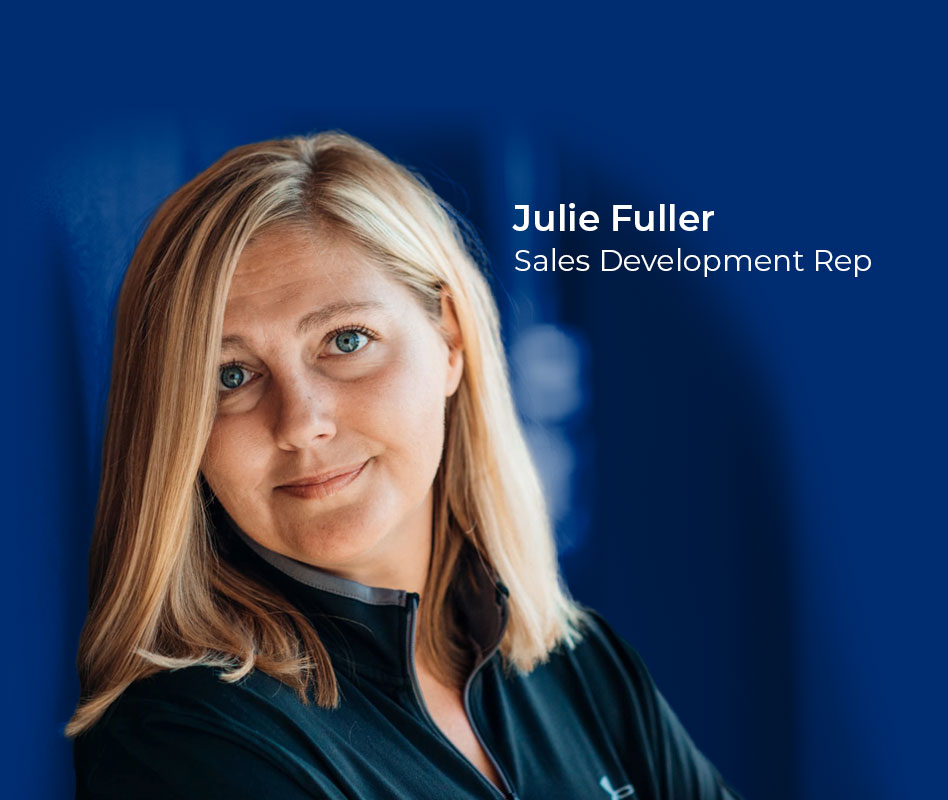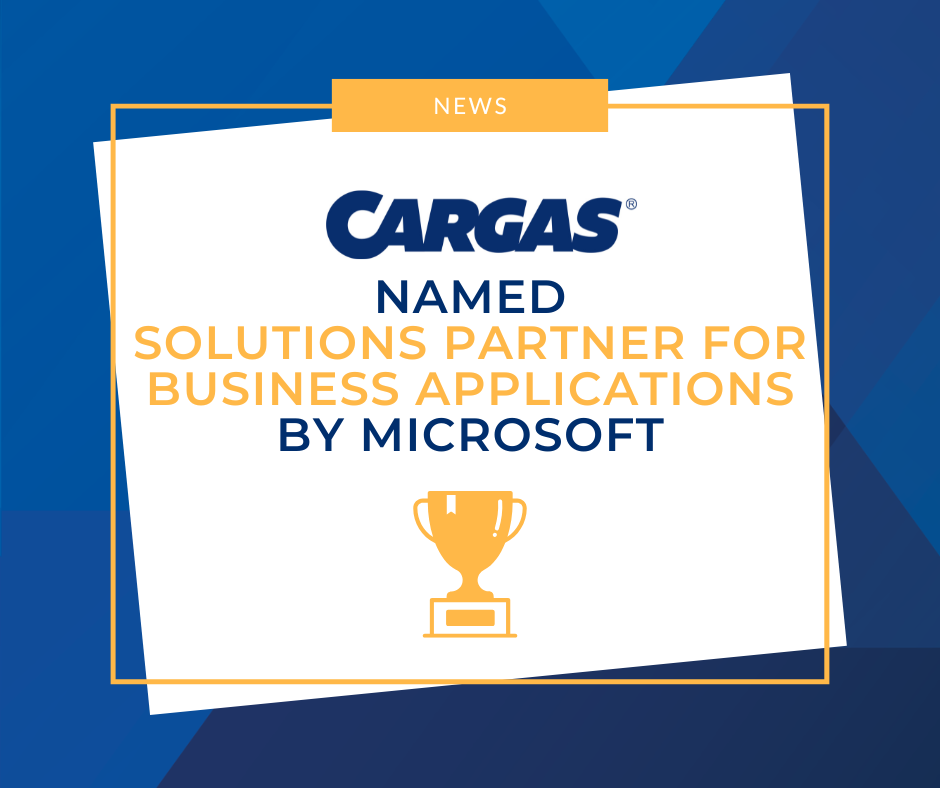ARTICLE | 5 MIN READ
5 Reasons to Migrate to Cloud-Based Business Central
Learn how a move to the cloud with Business Central can future-proof your business.

As a CPA with years of experience in the field, I’ve seen firsthand how technology can make or break a company’s long-term success. If there’s one thing I’ve learned, it’s that no matter how much you love an older system like Microsoft Dynamics GP, holding onto what’s comfortable can eventually hold you back.
A Real-World Experience
I understand the hesitation to move away from a system that feels like a trusted old friend. One of our long-time customers, a major commercial flooring company, went through this exact experience.
Their customized Dynamics GP solution helped them manage their flooring distribution business for over a decade. However, as their company grew, so did the limitations of their ERP.
Eventually, they found themselves at a crossroads—either continue investing in a system that was no longer meeting their needs or make the leap to something more modern, flexible, and future-proof.
That “something” turned out to be Microsoft Dynamics 365 Business Central and I’ve seen this be true for more than just this one customer. Let me share the top 5 key reasons why I see our customers making this switch to make their businesses more powerful.
1. Embrace the Power of the Cloud
As someone who’s spent years guiding companies through ERP transitions, I can tell you that one of the most significant advantages of moving from GP to Business Central is cloud accessibility.
If your current ERP system isn’t cloud-based, you’re probably facing challenges like high IT maintenance costs, difficulty accessing data remotely, and a lack of scalability.
Our customer found themselves in this exact situation when the pandemic hit. They were using GP on-premises and had to scramble to get it hosted in the cloud—a costly, temporary fix.
Business Central is available as a fully cloud-native solution, meaning you can access your system from anywhere, at any time, without worrying about costly infrastructure.
In my experience, this level of flexibility is critical to long-term business success. Whether your team works from the office, on the road, or from home, Business Central keeps you connected. Updates happen automatically, so you’re never stuck on an outdated version.
And, as someone who sits on the Audit & Risk Committee at Cargas, I think most importantly, Microsoft’s security investments mean you are protected better and more affordably than you would be by doing it yourself with an in-house team.
I understand that moving to the cloud can feel like a big step, especially if you’ve been with GP for years. But the rewards in terms of accessibility, cost savings, and security make it well worth migrating.
2. AI-Powered Insights for Smarter Decisions
One of the most exciting developments in ERP is the rise of artificial intelligence (AI). Microsoft Dynamics 365 Business Central comes with Microsoft Copilot, an AI-powered assistant that provides real-time insights, helps automate routine tasks, and supports better decision-making across your organization. Paired with low-code tools like Power BI, Business Central delivers meaningful insights you can act upon.
Staying One Step Ahead
As a former D1 field hockey player, I’ve always believed in the power of strategy and teamwork.
Copilot is like that teammate who’s always ahead of the game—providing data-driven suggestions and analysis so you can focus on the winning strategy.
Whether automating cash flow reports or identifying inventory trends, Copilot helps you make smarter, faster decisions.
Inventory Visibility
For our customer, one of their biggest challenges was managing their complex inventory processes.
With Business Central reporting capabilities and Copilot, you can benefit from suggested optimal inventory levels based on historical data, making managing stock and reducing waste easier.
I keep telling customers, Microsoft innovations are not just for the future but are happening right now. Businesses that embrace these tools will find themselves far more competitive in the long run.
3. Seamless Integration with the Microsoft Ecosystem
Switching ERP systems can feel daunting, especially if you’ve been using the same tools for years. Over the years I’ve helped companies make this transition, one of the most common concerns is the fear of a steep learning curve.
Here’s the good news: Business Central integrates seamlessly with the Microsoft tools you already use, like Outlook, Excel, and Teams, which definitely helps with user adoption.
Familiar, But Better
For our customer, this was a key factor in their decision. The transition from GP to Business Central was smoother than expected, mainly because the interface felt familiar. It’s still Microsoft at its core—just more modern, powerful, and intuitive.
Invoices, for example, were a big part of their daily operations. With Business Central, they could keep a similar invoice structure that matched what they had in GP but with far more functionality.
This familiarity reduces downtime and makes it easier for teams to adopt the new system. If your business already relies on Microsoft products, Business Central will feel like a natural extension of the tools you use today, only better.
4. Less Customization, More Adaptability
I’ve seen many companies, including our customer, customize Dynamics GP to the point where upgrading or even maintaining it becomes a nightmare. In our customer’s case, their GP solution was so customized that they couldn’t justify the cost of upgrading, ultimately leaving them stuck on an outdated version that no longer served their evolving needs.
Business Central Handles More Out of the Box
With Business Central, much of that customization becomes unnecessary. Out of the box, it’s powerful enough to handle complex operations without requiring extensive modifications.
Our customer could finally move away from a version-locked system and enjoy the flexibility to grow. Business Central’s adaptability allowed them to quickly implement their specific sales and inventory processes without the costly customizations GP required.
This adaptability is critical if you want a system that can grow with your business. You won’t be tied to a rigid, version-locked platform. Instead, you get a scalable solution that evolves as your company evolves.
5. Lower Total Cost of Ownership and Higher ROI
At the end of the day, it all comes down to numbers. As a CPA, I’ve spent over a decade helping businesses manage their budgets and find cost-effective solutions. There comes a time where remaining on an outdated system like GP can become a financial burden.
The costs of maintaining on-premises infrastructure, paying for IT support, and managing customizations can quickly add up.
That’s what happened to our customer—their GP system became increasingly expensive to host and maintain, pulling resources away from areas like growth and innovation.
No Need for Costly Infrastructure
Business Central offers a much lower total cost of ownership (TCO). It’s cloud-based, so there’s no need for costly hardware, and its subscription model ensures predictable expenses.
More importantly, its automatic updates and built-in AI tools provide a much higher return on investment (ROI).
Companies like our customer found that switching to Business Central freed up resources, allowing them to reinvest in areas that drive growth rather than just maintaining the status quo.
My Final Thoughts: Make the Leap
If you’re still on Dynamics GP, it’s time to think about the future. From my experience with our customers, Microsoft Dynamics 365 Business Central is the solution that will carry your company into the next decade.
Don’t wait until you’re version-locked and struggling to keep up.
Microsoft Dynamics 365 Business Central offers the flexibility, power, and AI-driven insights you need to stay ahead of the competition.
If there’s one thing I’ve learned from our customers who’ve made the switch, it’s that making the switch isn’t just an upgrade—it’s an opportunity to unlock your business’ potential.
About the Author
Lauren Dissinger, CPA, has spent over 15 years guiding companies toward success, and today, as Director of Sales and Customer Experience for ERP at Cargas, she continues to do what she loves—aligning organizations’ strategic goals with innovative technology to reach their 5–10-year objectives.
Interested in learning more? Subscribe to her newsletter, The Strategy Lab.

Let’s Chat
Still have questions? Get in touch with our expert team of software professionals.



